
 The masterplan of the Arabian Canal ... reshaping the emirate’s topography.
The masterplan of the Arabian Canal ... reshaping the emirate’s topography.
Peliminary excavation work is under way on the largest, most complex civil engineering project ever undertaken in the Middle East, the Arabian Canal.
Being spearheaded by Limitless, the global master development arm of Dubai World, the 75 km Arabian Canal will flow inland from the Waterfront – the largest waterfront development in the world – close to the Abu Dhabi border, passing to the east and behind the new Dubai World Central International Airport before turning back to the sea towards Palm Jumeirah.
The giant project will be built in two parts – an $11 billion canal and a $50 billion “city within a city” that will cover over 14,000 hectares along the canal’s southern flank. The Arabian Canal features diverse topography through land sculpting, creating waterfront communities with unique vistas. In addition to shoreline development, the organic, meandering nature of the canal is well-suited for mixed-use feature islands, offering spectacular views of the surrounding waterscape, says the developer.
The trial excavations, being conducted by Samsung Engineering & Construction, are being undertaken to better understand the nature of the geology that engineering contractors will face, Ian Raine, development manager of Arabian Canal tells Gulf Construction. “At present, we are gathering the engineering information that will allow us to tender for the project in various stages,” he says. “For instance, in some places, contractors will have to excavate to a depth of 70 m to keep the canal at sea level – at which it runs throughout its course. Because of the scale of the operation and its depth, we need a better understanding of the geology. We are facing a variety of material, ranging from soft sand to hard rock. Based on this evidence, we will then decide on the different techniques for the excavations, which involve digging and moving around 1 billion cu m of earth – enough to fill 400 Olympic-sized swimming pools every day for a period of three years.”
The techniques, according to him, will range from conventional excavation to bringing in some much larger equipment which is capable of cutting through the hard material encountered. As an alternative, he says, the developer is seriously considering doing some blasting trials on the hard material.
In terms of human resources, Limitless has assembled a team comprising some of the best brains in the construction world to execute this project. “We have interest from major international contractors with expertise in civil operations and mining operations in the industry,” he says.
The excavated material will then be used for landscaping and creating typographical features.
Limitless plans to break the project down into a number of stages, and sees the need for six to seven contractors to execute them.
“The bidding process for the contractors will commence soon after the trial excavations are over and will be conducted roughly from June to October this year,” he indicates.
Up to 150 m wide and 6 m deep, the canal will be able to accommodate larger yachts. Its waterway edge protection will be a mix of heavy-duty quay walls, light-duty quay walls and sandstone slopes.
The canal will support billions of dollars of real estate and leisure projects that will be constructed on both sides of the water. While Limitless will act as master developer for the waterfront developments, setting up the transport and utilities infrastructure and putting up its own buildings, the majority of the space will be sold to private developers to construct their own projects. “We’ve already had significant interest from both local and international third-party developers,” Raine says. Plots within Phase One of the project are expected to go on sale in the next two to three months.
“The overall inland development planned by Limitless will be a balanced development containing all the components expected to be seen within a city. It will incorporate residential, commercial, retail, entertainment, transport, open spaces, community facilities etc. Each phase of the development will incorporate elements of the whole,” he adds.
Waterfront
Limitless is also masterplanning its biggest mixed-use development yet, the $50 billion waterfront developments that will span up to 14,000 hectares and stretch for 33 km along the inland section of the waterway, east of the new international airport.
To be developed as the second phase of the project, this city is designed to be a focal point for Dubai’s cultural attractions and community events and will include marinas, residential communities and business centres serving over a million people.
The canal itself will be built within three to five years, while the developments around it will take shape over many years thereafter. The overall inland development could take around 15 years.
“Taking this into consideration, we have focused on making the masterplan flexible, so that it is adaptable to the future inland developments. At the same time, we are coordinating the construction of the canal with these developments so it can be completed without those developments being necessarily complete,” he points out.
The project is highly focused on sustainability. “For us, sustainability has three aspects: Economic, energy and social. In terms of economic sustainability, the investment has to be economically viable and of practical use to society. When it comes to energy and other resources, we are trying to maximise the efficiencies and minimise the wastes. We have an integrated systems design approach that will examine various areas including transportation, energy production and distribution, waste treatment and water usage.”
The master developer is also looking at alternative sources of power generation to augment the power supply. “Potentially, we might be looking at solar energy and creating larger green areas, which will help with the overall sustainability of the project,” Raine says.
At the same time, the project also has to be socially sustainable according to him. “To this end,” he says, “the masterplan for the inland city will provide all the attributes of our health and community approach, including housing across a wide range of groups, employment, education and healthcare, among other aspects.”
One of the challenges the project faces is preventing the contamination of the water tables. “There is big variation in the water tables ranging from 30 m to 100 m around the project, so will have to take measures to prevent contamination,” he says.
Describing the Arabian Canal as “the largest and most complex civil engineering project ever undertaken in the Middle East,” Saeed Ahmed Saeed, chief executive officer of Limitless, says: “Arabian Canal – Dubai’s most ambitious mega-project yet – draws on our key strengths of innovative engineering and master planning distinctive developments. It will, without question, be one of the wonders of the engineering world.”



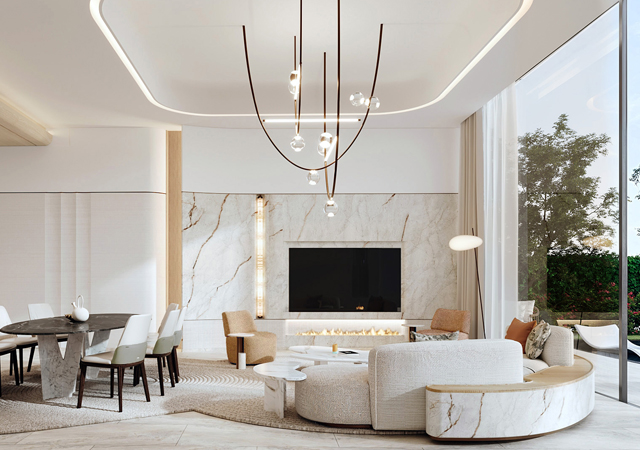
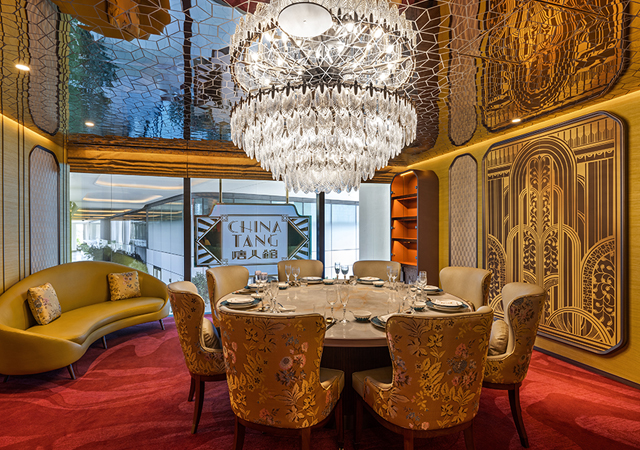
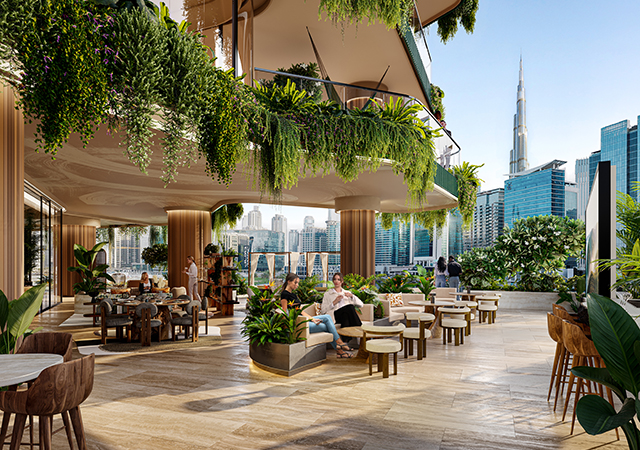
.jpg)


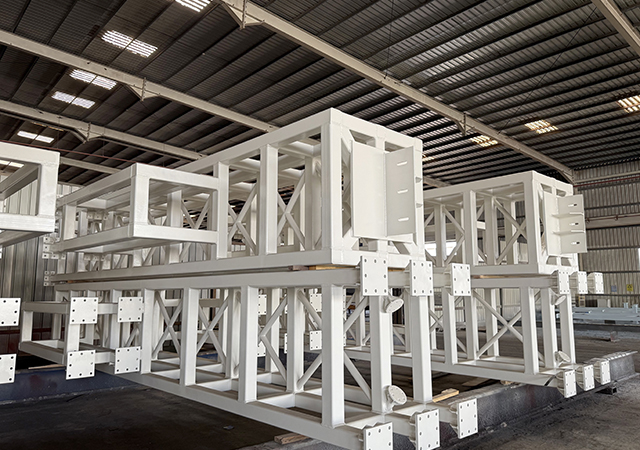




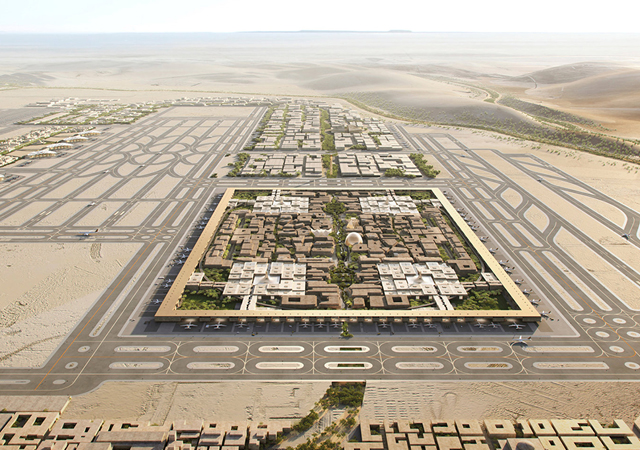
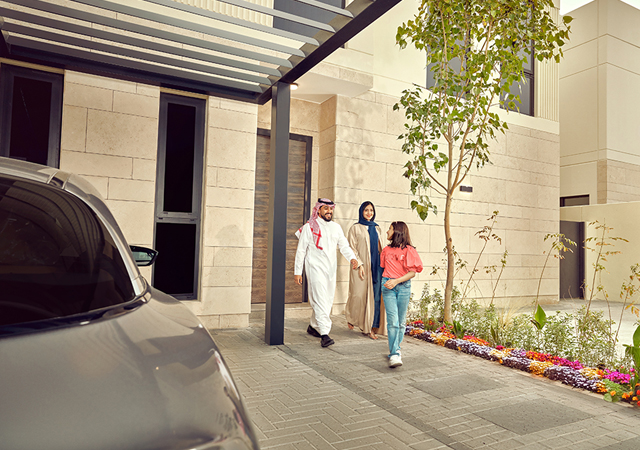
.jpg)
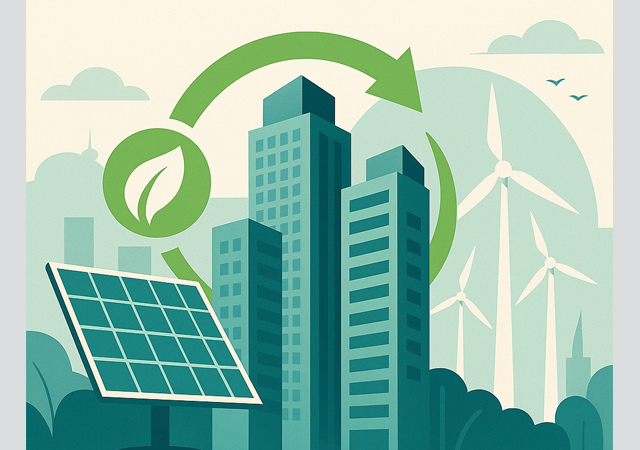



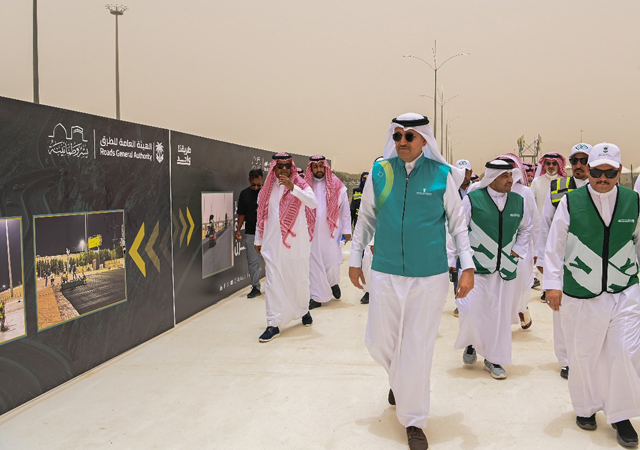

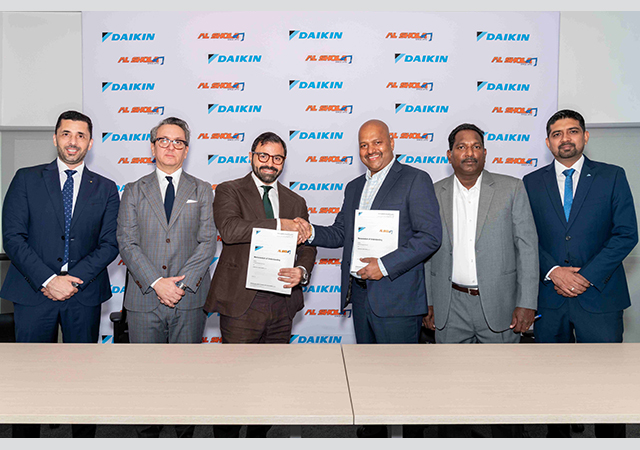

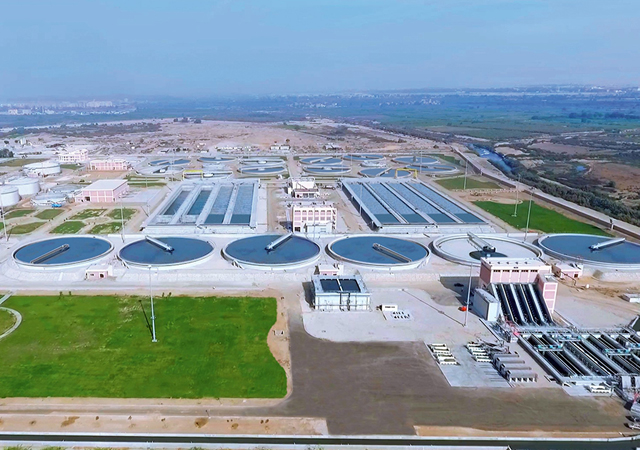
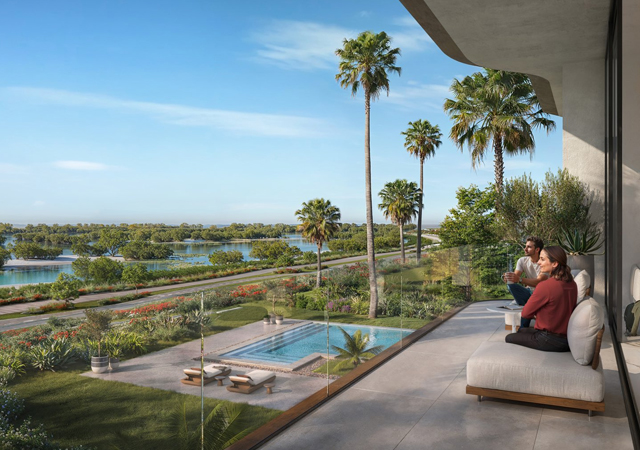
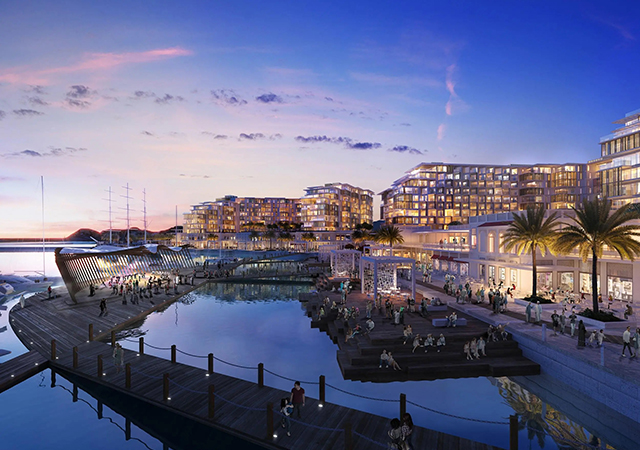

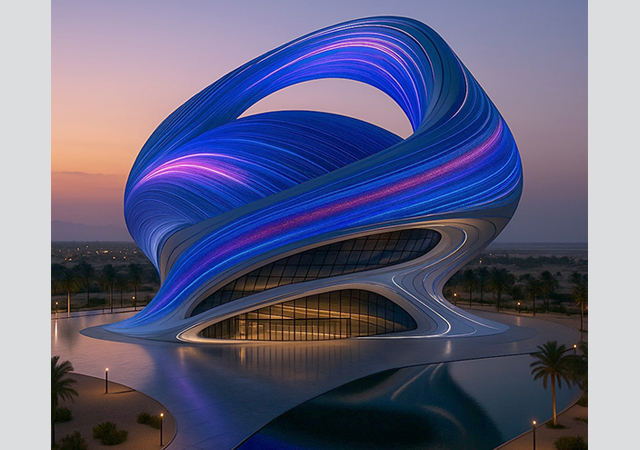

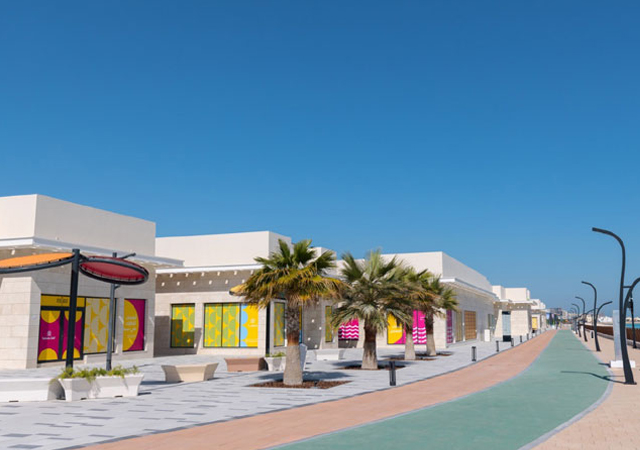

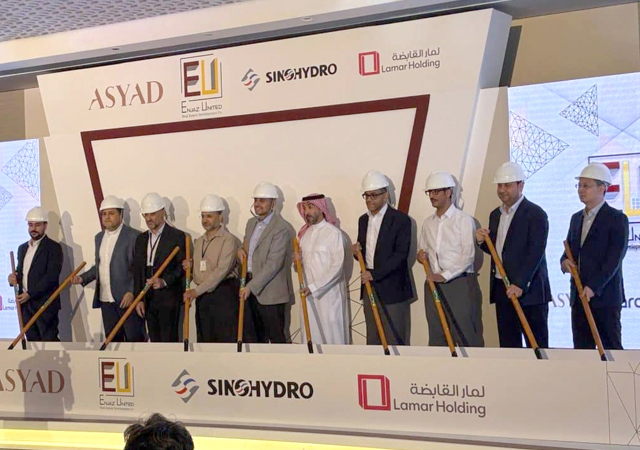
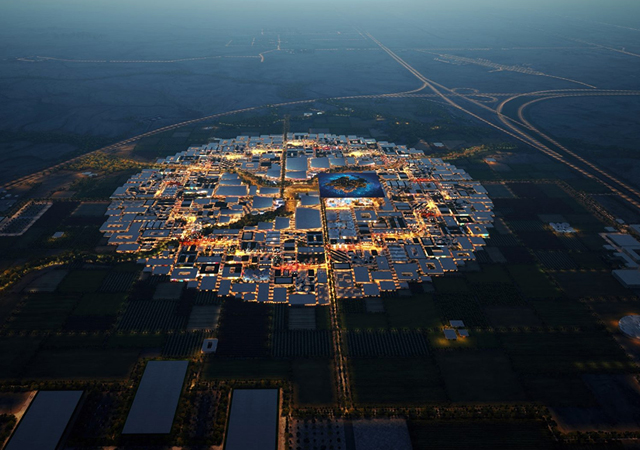
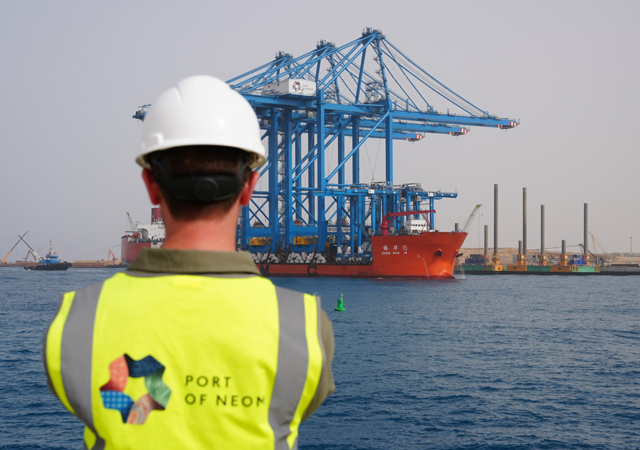
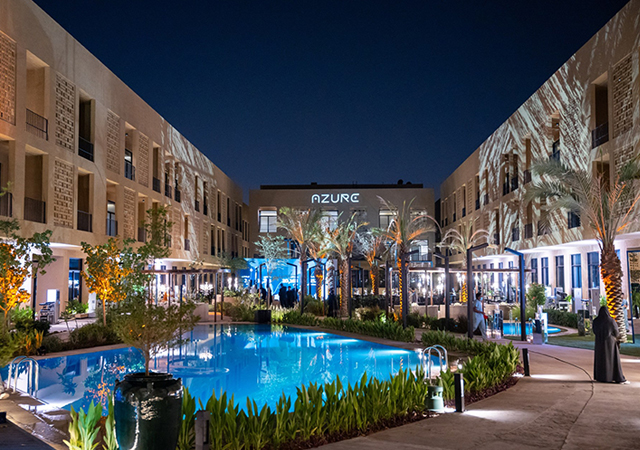
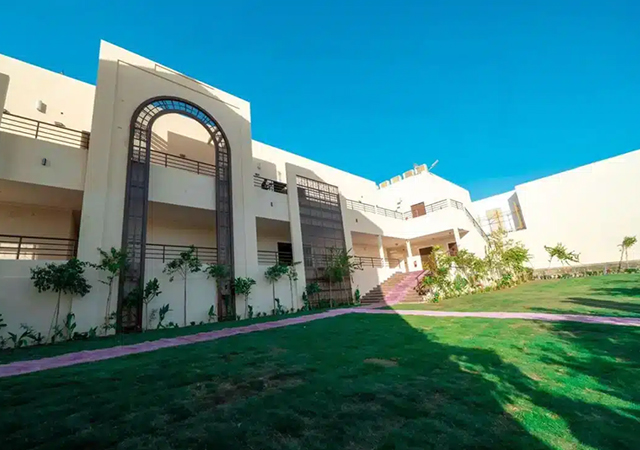


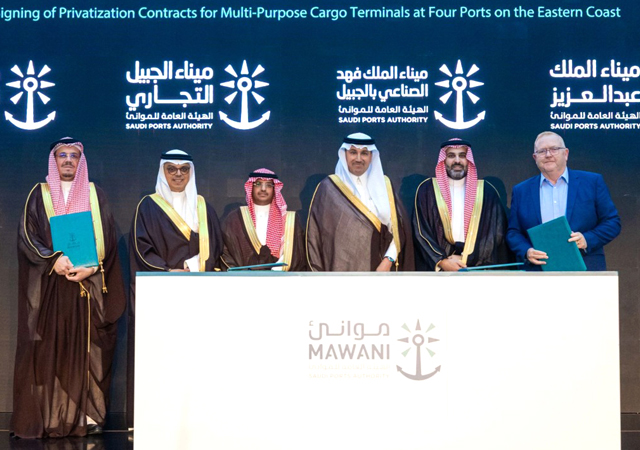
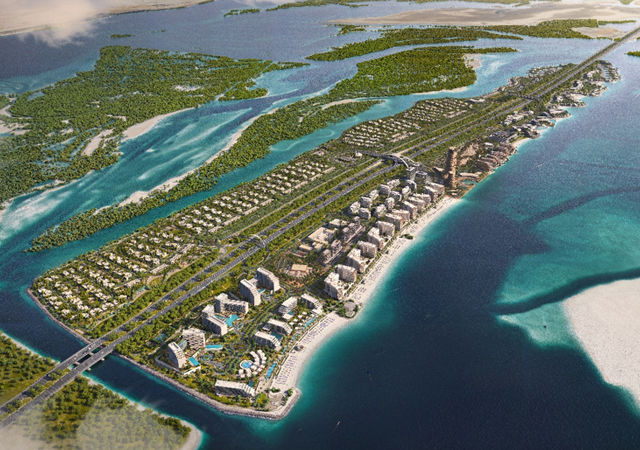

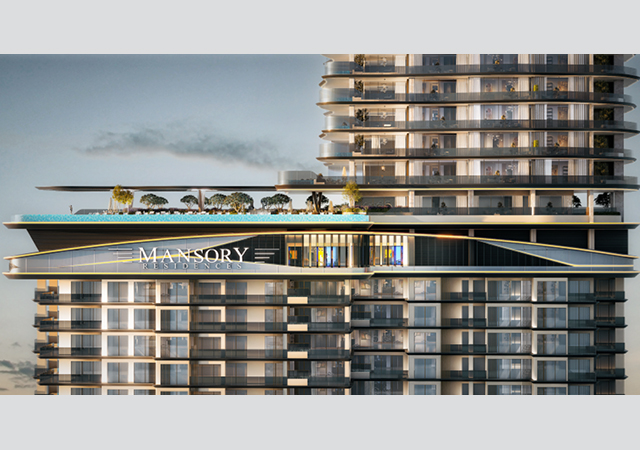
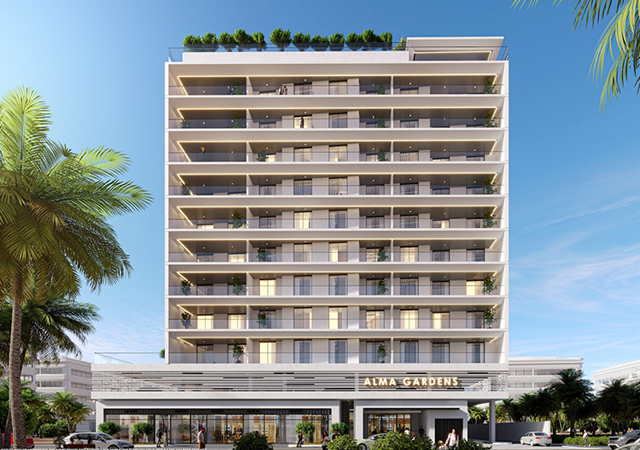

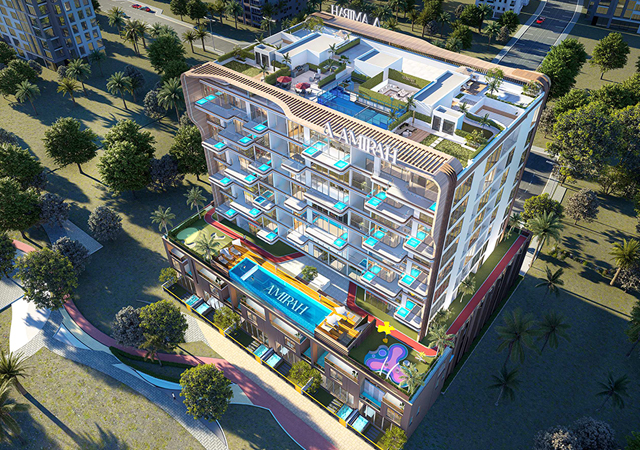
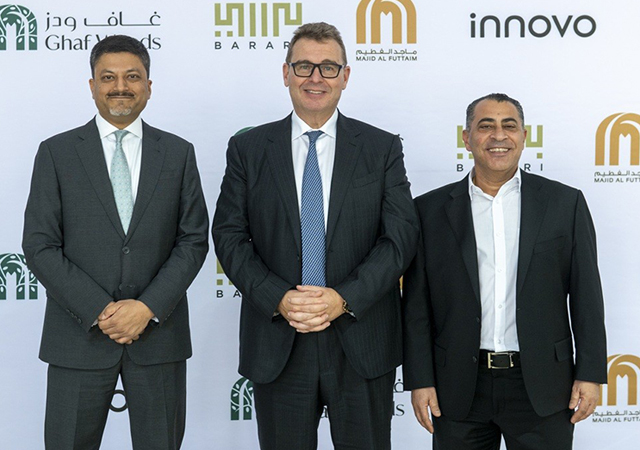
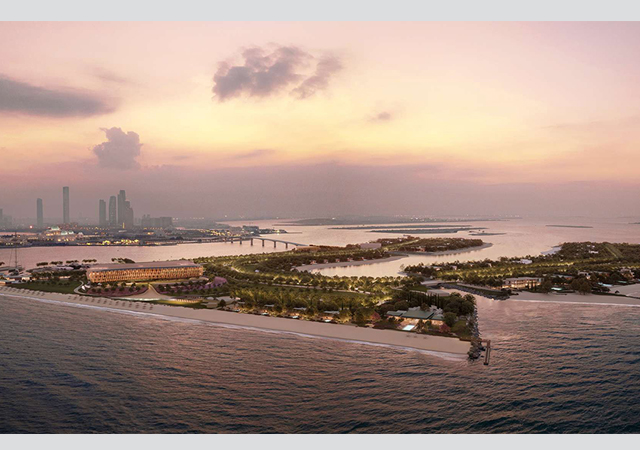
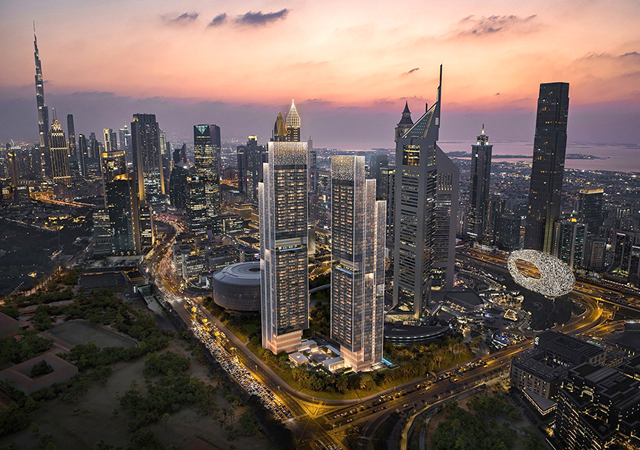
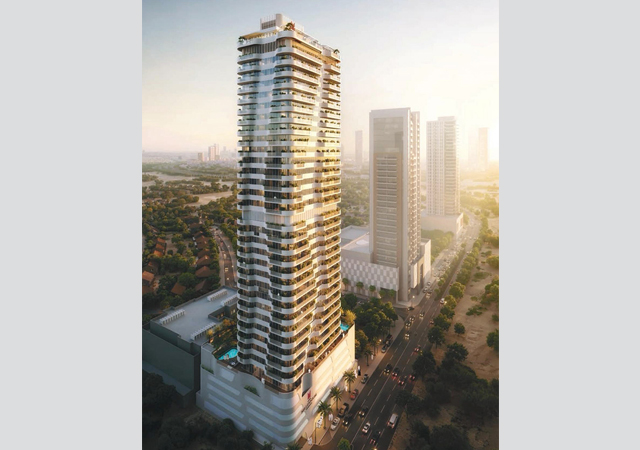
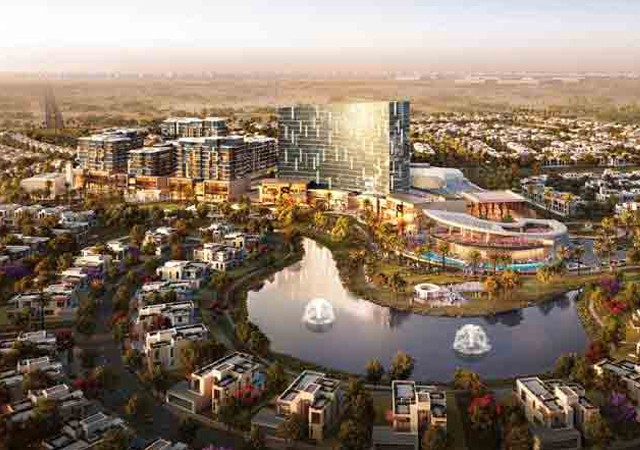
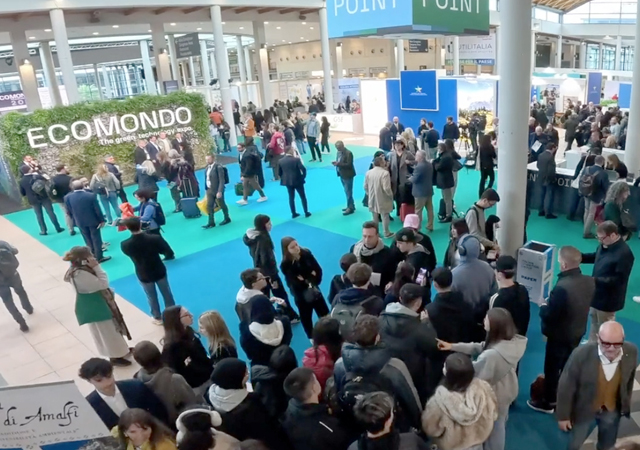
.jpg)












